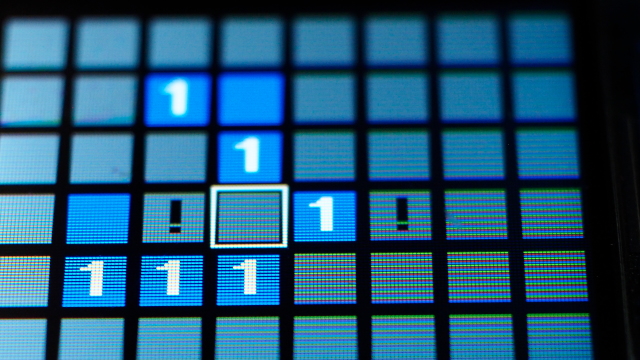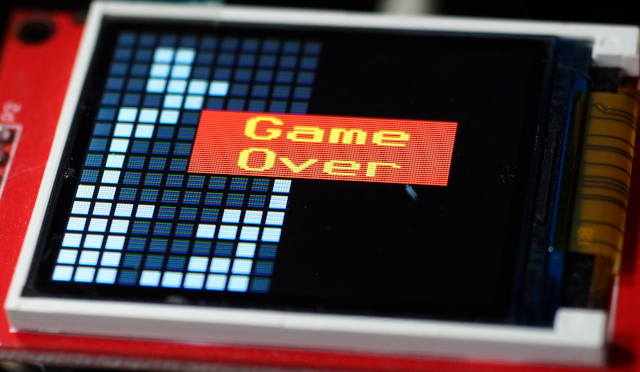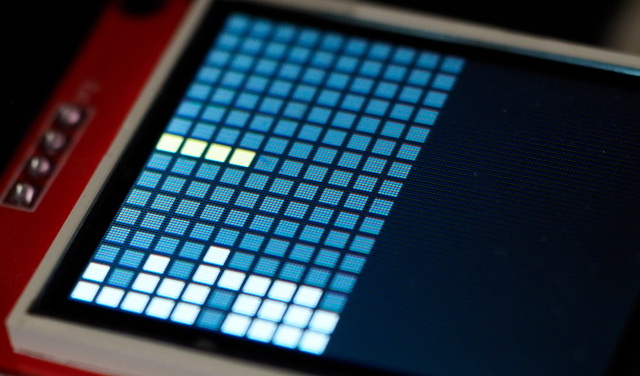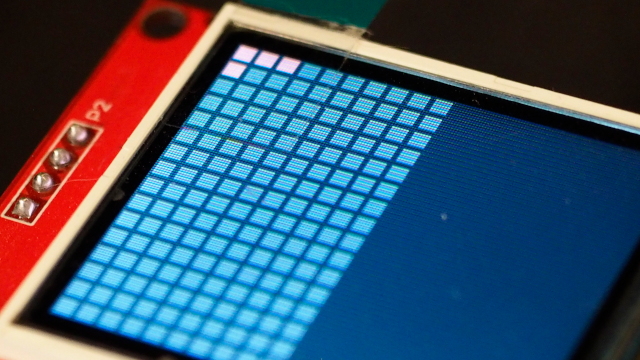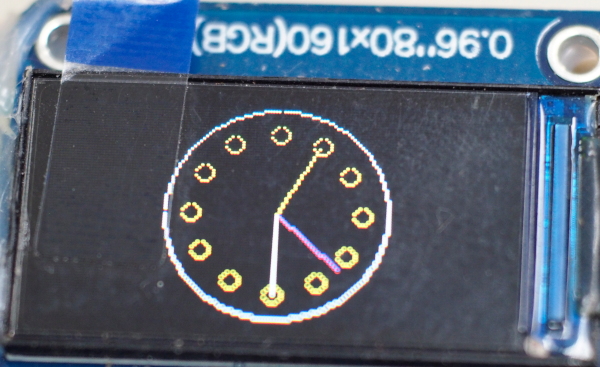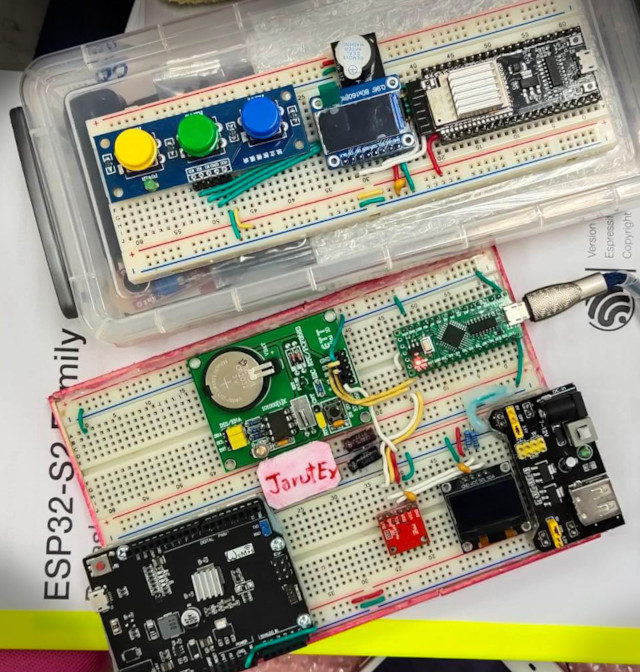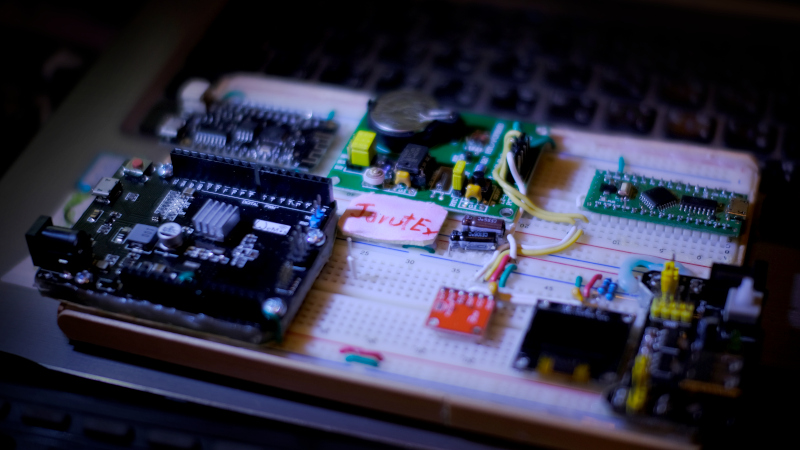This article is an experiment to create a Simple MineSweeper as shown in Figure 1, using an ESP32 microcontroller board with a 1.8″ REDTAB st7735 display. The display resolution is 128×160, the same hardware as Simple Tetris [Part 1, Part 2 and part 3] mentioned earlier, still using MicroPython as the main. The explanation starts step by step from screen generation, randomization, counting, motion control, scrolling the options frame turn off visibility, establishing a relationship between identifying where the bomb is likely to be, picking open and counting points at the end of the game.
Simple MineSweeper is one of the first games we’ve been imitating to study ideas and develop programming techniques since the DOS era and the GUI-based Windows operating system DOS, which was written and worked on the DOS operating system at the time, change the mode to graphics mode to contact with mouse and draw pixels by yourself (It’s the same thing as writing on the ESP32 microcontroller board, but it doesn’t have an operating system to use) So let’s get started.
